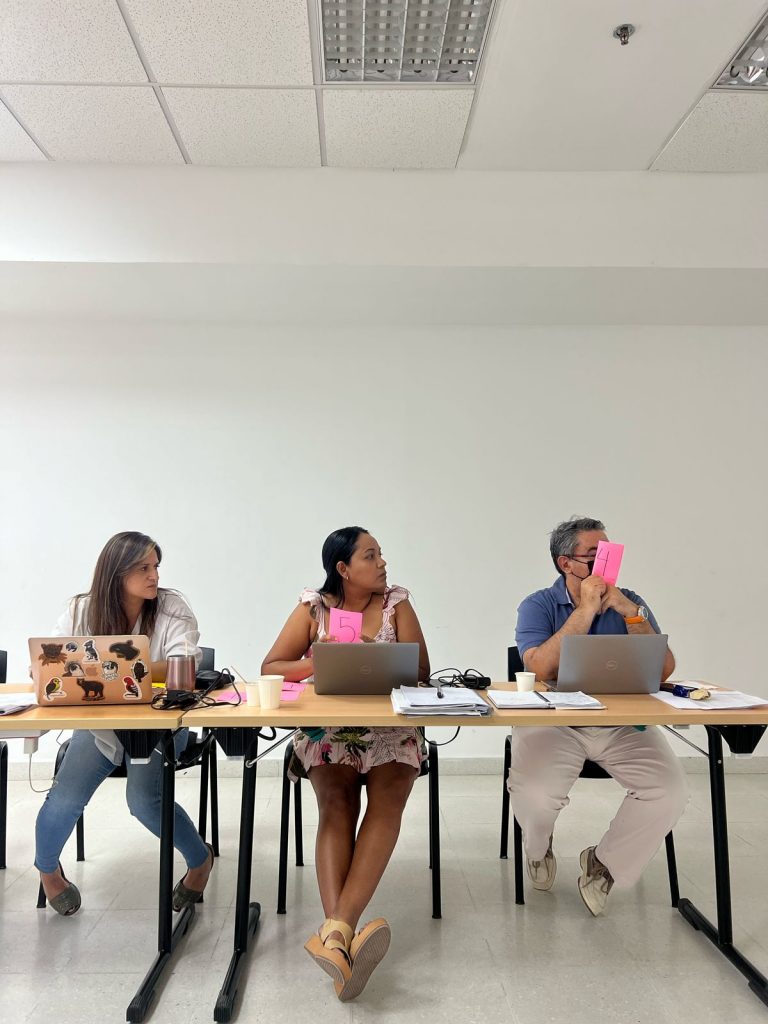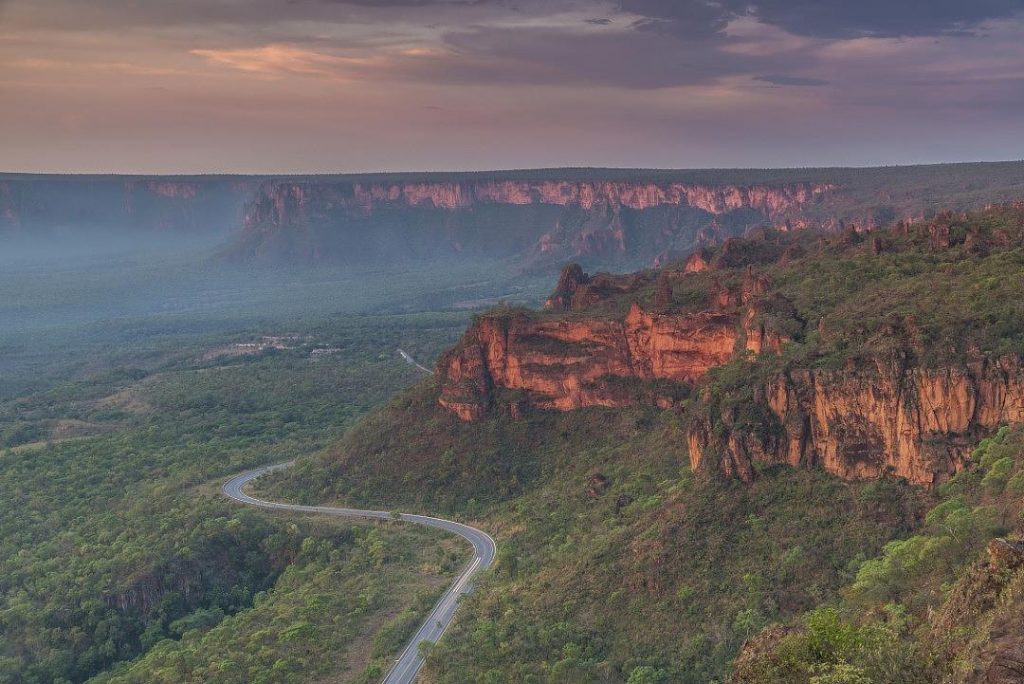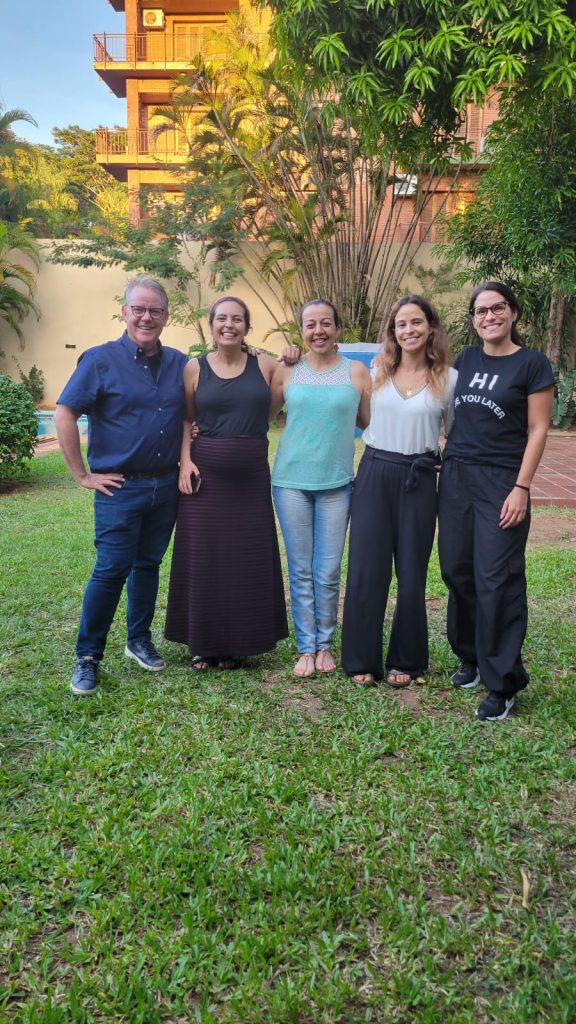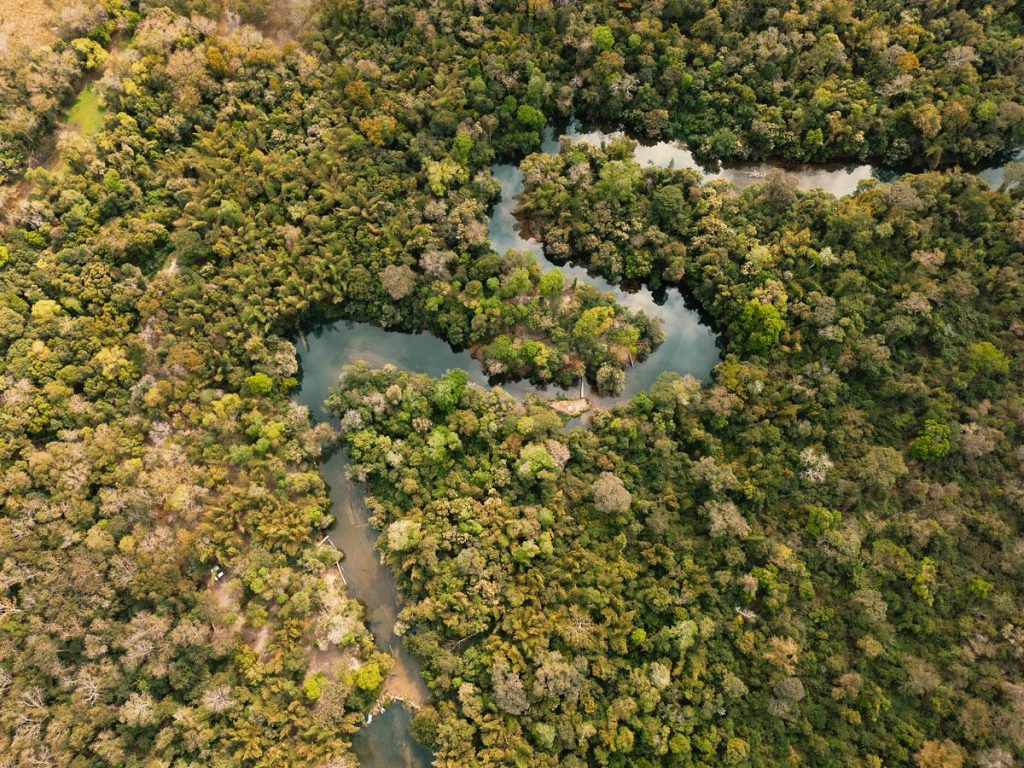



Over the past few months, we’ve had the opportunity to conduct second-round learning missions in our landscapes in Colombia, Ecuador and Paraguay. These visits were part of a broader structured process to draw lessons from the field, reflect critically with project teams, and contribute to a shared understanding of what integrated landscape management (ILM) actually looks like in practice.
We followed the same structure across countries, mirroring what our Central Component colleagues were doing in their regions: drawing on each team’s responses to an initial online survey – which captured the landscape context and the project’s origins – along with the six dimensions we had hypothesized as key ingredients to ILM success. These inputs informed two- or three-day workshops with project teams, where we invited them to reflect on what they had done, why they had done it, and how things had changed since our first visits in 2022.
Anchoring abstract concepts in real places
A big takeaway was the challenge of scale. ILM, by nature, is complex – and many of the landscapes these projects operate in are vast. In Ecuador, for example, the original project area covered almost the entire Andean region. So, when we asked teams to respond to indicators in the survey, they found themselves jumping between distant regions – sugarcane in the south, a water conflict in the north, a road corridor affected by drug trafficking in another part altogether.
It quickly became clear: to have meaningful discussions about how ILM actually works, we needed to zoom in. So, in each country, we anchored the conversation around a smaller, clearly defined landscape where multiple ILM dimensions were being applied in parallel. That helped teams reflect more clearly and allowed us to go deeper.
The importance of who’s in the room
We were intentional in inviting people who were involved operationally in the project – not just administrative leads or senior coordinators, but people who understood how the work unfolded on the ground. At the same time, we also needed people who could see the bigger picture – who understood that what they were doing was part of an ILM approach. That combination – grounded but strategic – made all the difference in the quality of insights we received.
From generous scores to critical reflection
One pattern we noticed was that teams were initially very generous with their self-assessments – sometimes giving high scores across the board. We realized we needed to clarify that the scoring system wasn’t about good or bad – it was a tool for honest reflection. After reinforcing that, we began to see more variation in scores and more constructive debates.
For example, in one workshop, everyone rated gender integration very highly – until the gender specialist spoke up and challenged the assessment. That sparked a great conversation. In another case, the project lead joined on the second day and provided a more critical perspective, which helped balance the views in the room. These dynamics made the sessions more nuanced and meaningful.
What we’re learning about learning
One dimension that consistently scored lower across countries was “iterative learning”. We began to suspect that the concept wasn’t fully understood – or at least not deeply embedded in how teams reflected on their own work. It’s not just about adjusting a workplan or switching activities mid-stream. It’s about creating a learning loop: actively monitoring, testing assumptions, learning from experience, and adapting strategies with stakeholders. We realized we need to do more to support teams to understand this dimension and to put it into practice.
Honest conversations and collaborative writing
Perhaps the most rewarding part of the missions was how openly teams shared with us and how willing they were to co-create the learning outputs. In each country, we used the final session to share a rough draft of the key learnings we had captured. Teams responded in real time, making corrections, clarifying ideas, and adding details. That iterative back-and-forth helped ensure accuracy and built ownership of the findings.
The reports we produced are not just about the projects – they were written with them. The Colombia, Paraguay and Ecuador teams, for example, gave detailed feedback that went far beyond typo-checking. They helped us refine the narrative to better reflect stakeholder dynamics, project histories, and evolving strategies. These weren’t just technical reviews – they were true collaborations.
What’s next
In the end, this process has been both intellectually and emotionally demanding. The discussions were honest. The writing was collaborative. And the learning was mutual. As we reflect on what’s emerging from Latin America, we’re struck by the diversity of approaches – and the common principles that underpin them.
From WhatsApp-based coordination in Paraguay to adaptive crab trap design in Colombia, the principles of ILM are taking root in very different ways. Our hope is that by documenting and sharing these grounded experiences, we help demystify ILM – making it less abstract, more relatable, and ultimately, more effective.
We’re grateful to our partners for their trust, openness and time. This process has been exhausting, yes – but also deeply rewarding.



